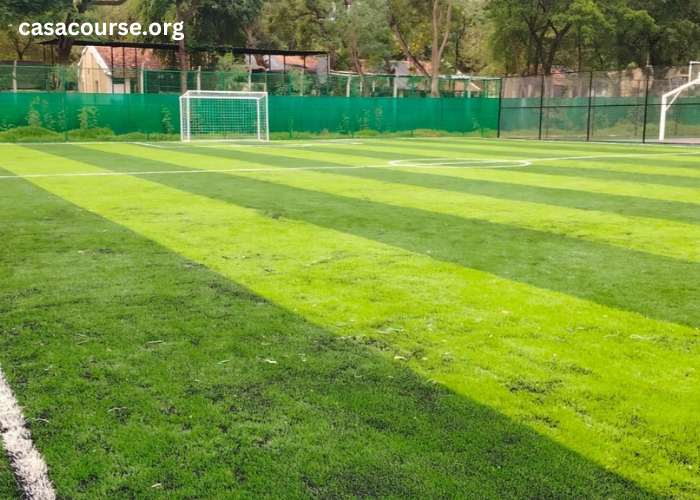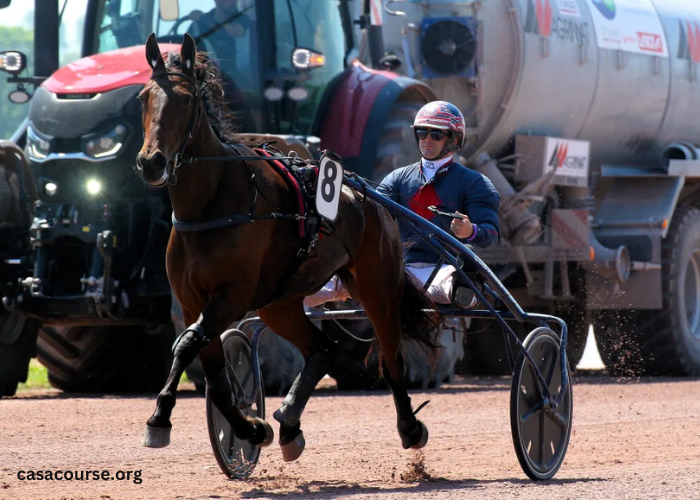In the realm of landscaping and outdoor aesthetics, Brono Turf stands out as a versatile and innovative solution. Whether you’re a homeowner looking to transform your yard or a facility manager seeking durable landscaping options, Brono Turf offers a range of benefits that make it a popular choice. This article delves deep into what Brono Turf is, its advantages, installation process, maintenance tips, and its environmental impact.
What is Brono Turf?
Brono Turf, often referred to as synthetic turf or artificial grass, is a manufactured surface made to resemble natural grass. It is constructed from synthetic fibers, typically made from polyethylene or polypropylene, designed to be resilient and mimic the look and feel of natural grass. Originally developed for sports arenas and stadiums, Brono Turf has now found widespread use in residential lawns, commercial landscapes, playgrounds, and even rooftops.
Advantages of Brono Turf
- Low Maintenance: Unlike natural grass, Brono Turf requires minimal upkeep. It doesn’t need mowing, watering, or fertilizing, which reduces both time and costs associated with lawn care.
- Durability: Designed to withstand heavy foot traffic and varying weather conditions, Brono Turf is highly durable. It maintains its lush appearance throughout the year, making it ideal for high-traffic areas.
- Water Conservation: In regions prone to drought or where water conservation is crucial, Brono Turf provides a water-efficient alternative to natural grass. It eliminates the need for regular watering while maintaining a green landscape.
- Versatility: Brono Turf can be installed virtually anywhere, from residential yards to sports fields and commercial spaces. It offers consistent performance and aesthetics regardless of location.
- Allergy-Free: Unlike natural grass, Brono Turf doesn’t release pollen, making it a suitable choice for individuals with grass allergies.
Installation Process
Installing Brono Turf involves several key steps to ensure a successful and long-lasting result:
- Site Preparation: The existing grass and vegetation are removed, and the ground is leveled to ensure a smooth surface.
- Base Installation: A base material such as crushed rock or decomposed granite is spread and compacted to provide stability and drainage.
- Turf Installation: The Brono Turf rolls are laid out and trimmed to fit the area perfectly. Seams are carefully joined and secured.
- Infill Application: Depending on the type of Brono Turf, an infill material such as sand or rubber pellets may be brushed into the fibers to provide weight, stability, and cushioning.
- Finishing Touches: The turf is brushed to lift the fibers and ensure uniformity. Any additional shaping or adjustments are made to enhance the appearance and functionality.
Maintenance Tips
While Brono Turf is low-maintenance compared to natural grass, it still requires periodic care to prolong its lifespan and keep it looking its best:
- Regular Brushing: Brushing the turf helps to keep the fibers upright and evenly distributed, preventing matting and ensuring a natural appearance.
- Removing Debris: Leaves, twigs, and other debris should be regularly removed to prevent buildup and maintain drainage.
- Rinsing and Cleaning: Occasional rinsing with water can help remove dust and pet hair. For more thorough cleaning, a mild detergent solution can be used.
- Inspection: Periodically inspect the turf for any signs of wear, damage, or infill depletion. Addressing issues promptly can prevent larger problems and extend the turf’s lifespan.
Environmental Impact
While Brono Turf offers numerous environmental benefits such as water conservation and reduced pesticide use, it’s essential to consider its environmental impact:
- Material Composition: Brono Turf is primarily made from plastics derived from petrochemicals, which raises concerns about resource consumption and end-of-life disposal.
- Heat Retention: Brono Turf can absorb and retain heat, contributing to urban heat island effects in densely populated areas.
- Disposal Challenges: At the end of its lifespan, Brono Turf can be challenging to recycle due to its composite nature, leading to disposal in landfills.
Conclusion
Brono Turf represents a modern solution to traditional landscaping challenges, offering durability, aesthetics, and environmental benefits. Whether you’re looking to enhance your residential property or improve a commercial space, Brono Turf provides a versatile alternative to natural grass. By understanding its installation process, maintenance requirements, and environmental considerations, you can make an informed decision about integrating Brono Turf into your outdoor environment.
In summary, Brono Turf not only transforms landscapes but also offers sustainable benefits that align with contemporary environmental consciousness. Consider Brono Turf for your next landscaping project and experience the practicality and beauty it brings to outdoor spaces.



